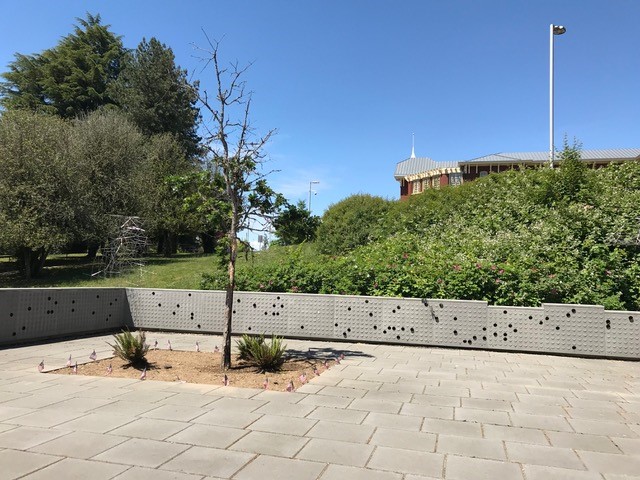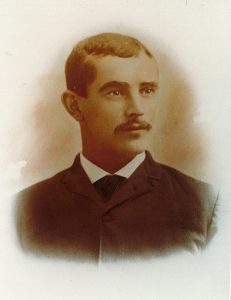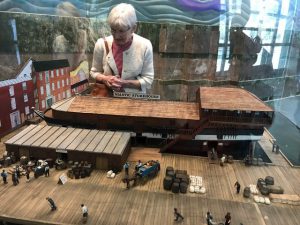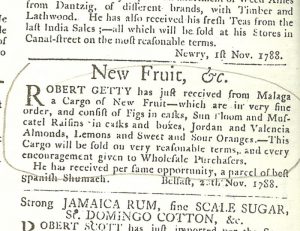 She was just a little tyke, picture perfect really, her arms draped around a sheepish grandpa’s neck and shoulders. The only clue I had as to who she might be was in her name, Rosemary, penned out along with that of “Grandpa” in stylish ink beneath the old photograph. She and Grandpa (or rather a grainy picture of the same …) arrived in my mail box all the way from Alexandria a few weeks ago.
She was just a little tyke, picture perfect really, her arms draped around a sheepish grandpa’s neck and shoulders. The only clue I had as to who she might be was in her name, Rosemary, penned out along with that of “Grandpa” in stylish ink beneath the old photograph. She and Grandpa (or rather a grainy picture of the same …) arrived in my mail box all the way from Alexandria a few weeks ago.
I didn’t start out looking for Rosemary, and I really wasn’t too sure who “Grandpa” was, either, but the more I looked at their picture, the more they seemed to be calling out to me. I was pretty sure I’d never “met” Rosemary before in the family tree – and I definitely needed to back track a bit on figuring out just who “Grandpa” was. However, like most of us who do family history, I knew I wasn’t going to be able to let it go. There seemed a reason for Rosemary to be looking at me from that old picture – and it was going to bug me until I found out just who she was. Continue reading A hint of Rosemary →








